
AP Physics C Mechanics Oscillation
Quiz
•
Physics
•
10th Grade
•
Hard
+1
Standards-aligned

Charles Martinez
FREE Resource
10 questions
Show all answers
1.
MULTIPLE CHOICE QUESTION
30 sec • 1 pt

Question 1 of 2: A block oscillates without friction on the end of a spring as shown. The minimum and maximum lengths of the spring as it oscillates are, respectively, xmin and xmax. The graphs below can represent quantities associated with the oscillation as functions of the length x of the spring. Which graph can represent the total mechanical energy of the block-spring system as a function of x?
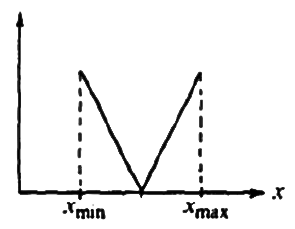
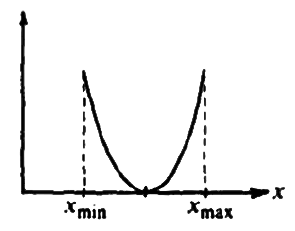
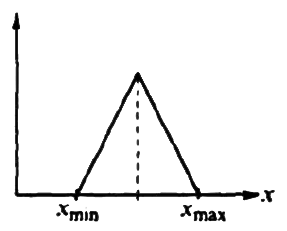
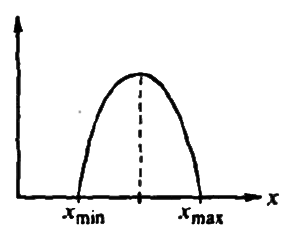
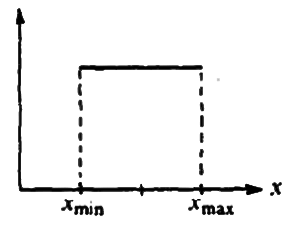
Tags
NGSS.HS-PS2-1
2.
MULTIPLE CHOICE QUESTION
30 sec • 1 pt

Question 2 of 2: A block oscillates without friction on the end of a spring as shown. The minimum and maximum lengths of the spring as it oscillates are, respectively, xmin and xmax. The graphs below can represent quantities associated with the oscillation as functions of the length x of the spring. Which graph can represent the kinetic energy of the block as a function of x?





Tags
NGSS.HS-PS3-1
3.
MULTIPLE CHOICE QUESTION
30 sec • 1 pt

An ideal massless spring is fixed to the wall at one end, as shown. A block of mass M attached to the other end of the spring oscillates with amplitude A on a frictionless, horizontal surface. The maximum speed of the block is 𝑣𝑚. The force constant of the spring is
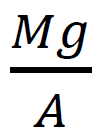
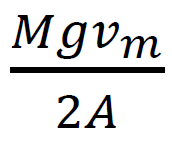
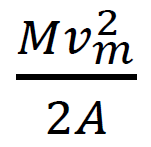
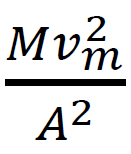
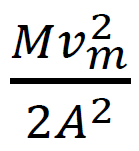
Tags
NGSS.HS-PS3-1
NGSS.HS-PS3-2
4.
MULTIPLE CHOICE QUESTION
30 sec • 1 pt

Question 1 of 2: A 0.1-kilogram block is attached to an initially unstretched spring of force constant
k = 40 newtons per meter as shown. The block is released from rest at time t = 0. What is the amplitude, in meters, of the resulting simple harmonic motion of the block?
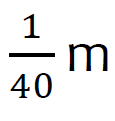
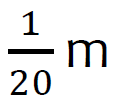



Tags
NGSS.HS-PS2-1
5.
MULTIPLE CHOICE QUESTION
30 sec • 1 pt

Question 2 of 2: A 0.1-kilogram block is attached to an initially unstretched spring of force constant
k = 40 newtons per meter as shown. The block is released from rest at time t = 0. What will the resulting period of oscillation be?





6.
MULTIPLE CHOICE QUESTION
30 sec • 1 pt
Question 1 of 2: A particle moves in a circle in such a way that the x and y coordinates of its motion, given in meters as functions of time in seconds, are
𝑥 = 5 cos (3𝑡)
𝑦 = 5 sin(3𝑡)
What is the radius of the circle?





7.
MULTIPLE CHOICE QUESTION
30 sec • 1 pt
Question 2 of 2: A particle moves in a circle in such a way that the x and y coordinates of its motion, given in meters as functions of time in seconds, are
𝑥 = 5 cos (3𝑡)
𝑦 = 5 sin(3𝑡)
Which of the following is true of the speed of the particle?
It is always equal to 5 m/s.
It is always equal to 15 m/s.
It oscillates with a range of
0 to 5 m/s.
It oscillates with a range of
0 to 15 m/s.
It oscillates with a range of
5 to 15 m/s.
Create a free account and access millions of resources
Similar Resources on Wayground

10 questions
Hooke's Law and Elastic Energy
Quiz
•
9th - 12th Grade

15 questions
Understanding Deformation and Elasticity
Quiz
•
10th Grade

10 questions
AP Physics 1 Equation Quiz, Part 2
Quiz
•
9th - 12th Grade

10 questions
AP Physics C Oscillation
Quiz
•
10th Grade

10 questions
F4 CHP2.12 Understanding Elasticity
Quiz
•
KG - 11th Grade

13 questions
0654_2017_MJ_QP_22_Phys
Quiz
•
9th - 10th Grade

12 questions
SHM
Quiz
•
10th - 12th Grade

10 questions
PERIODIC MOTION
Quiz
•
9th - 10th Grade
Popular Resources on Wayground

20 questions
Brand Labels
Quiz
•
5th - 12th Grade

10 questions
Ice Breaker Trivia: Food from Around the World
Quiz
•
3rd - 12th Grade

25 questions
Multiplication Facts
Quiz
•
5th Grade

20 questions
ELA Advisory Review
Quiz
•
7th Grade

15 questions
Subtracting Integers
Quiz
•
7th Grade

22 questions
Adding Integers
Quiz
•
6th Grade

10 questions
Multiplication and Division Unknowns
Quiz
•
3rd Grade

10 questions
Exploring Digital Citizenship Essentials
Interactive video
•
6th - 10th Grade
Discover more resources for Physics

15 questions
Position vs. Time and Velocity vs. Time Graphs
Quiz
•
10th - 12th Grade

73 questions
S1 Interim Review Physics
Quiz
•
9th - 12th Grade

37 questions
Forces-Conceptual Physics
Quiz
•
9th - 12th Grade

20 questions
Newtons Laws of Motion
Quiz
•
10th - 11th Grade

18 questions
Conservation of Energy
Quiz
•
10th Grade

10 questions
Types of Chemical Reactions
Quiz
•
10th Grade






